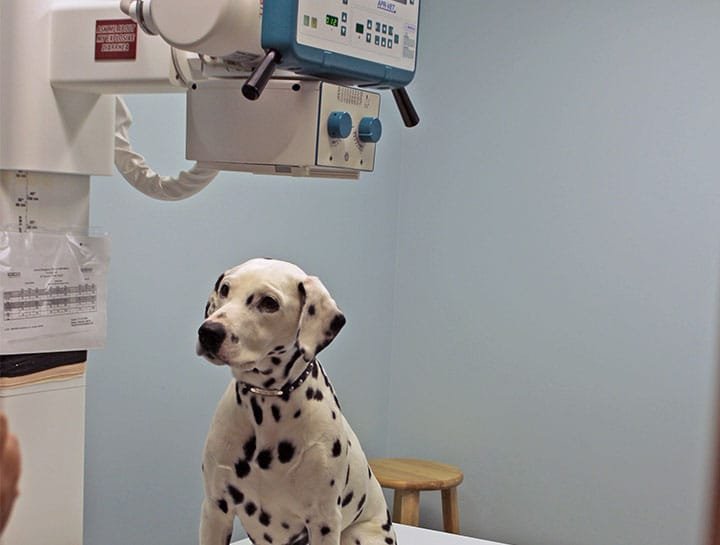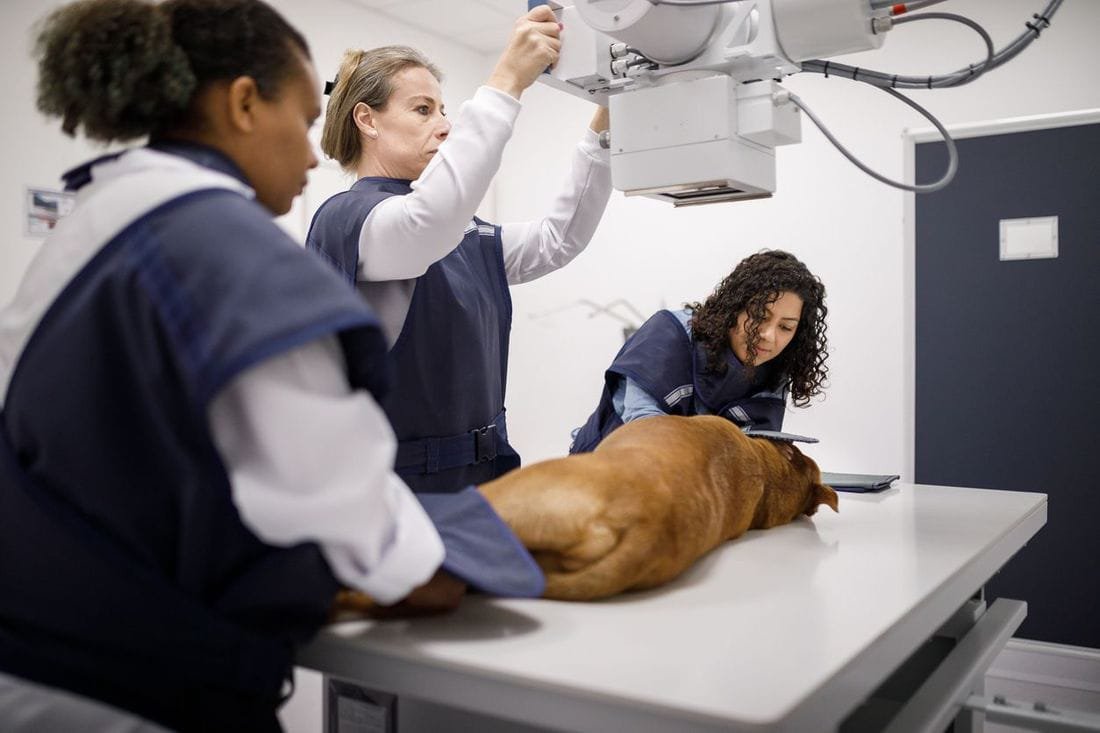
How to Prepare Your Pet for a CT Scan or X-ray
Introduction:
When your pet needs a CT scan or an X-ray, the experience can be overwhelming for both the pet and the owner. At Fredna Vet Diagnostic Centre, we use these diagnostic tools to gain a detailed understanding of your pet's health. Here’s how you can help prepare your pet for these procedures, ensuring they’re as comfortable as possible.
What is a CT Scan and X-ray for Pets?
Both CT scans and X-rays are essential tools in veterinary medicine. X-rays provide images of bones and certain soft tissues, while a CT scan offers more detailed, 3D images of internal structures. Both tests help diagnose a variety of conditions, including fractures, tumors, and diseases affecting organs.
Why is Preparation Important?
Proper preparation reduces stress and ensures the procedure goes smoothly. Some pets may require sedation, so understanding the process beforehand helps pet owners and their animals stay calm.
1.Discuss the Procedure with the Vet
Before the appointment, speak with your veterinarian about the procedure. Ask any questions you may have regarding the process, sedation options, and how to care for your pet before and after the scan.
2. Fasting Before the Procedure
In most cases, your pet may need to fast for a few hours before the scan. This is especially important for CT scans that require sedation, as an empty stomach reduces the risk of nausea.
3. Bring Comfort Items
For pets with separation anxiety, bring along their favorite blanket or toy. Familiar items help reduce stress in an unfamiliar environment.
4.Sedation and Anesthesia
Some pets may need to be sedated or fully anesthetized to keep them still during the scan. Ensure you follow your veterinarian’s instructions on how to prepare for sedation, such as withholding food or water.
What Happens During a CT Scan or X-ray?

A CT scan involves placing your pet on a table, and the scanner will rotate around them to capture detailed images. The procedure is typically non-invasive, though your pet will be sedated to keep them still.
2.X-ray
X-rays are quicker, and your pet may be required to stand or lie down in a specific position. The technician will take the images, ensuring your pet stays still for a few seconds.
Leave a comment